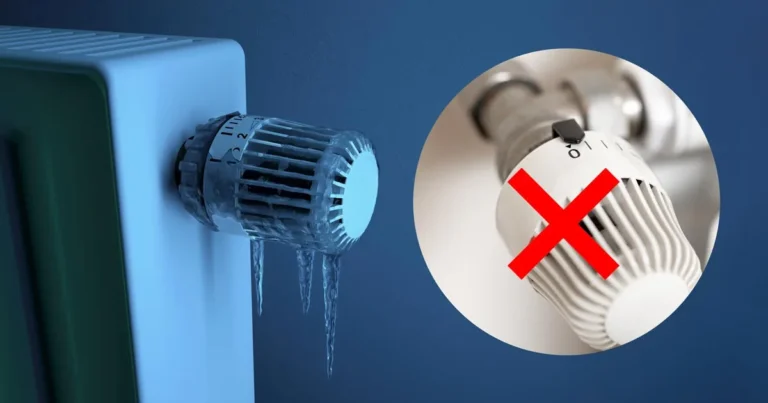When the winter cold sets in, the last thing anyone wants to deal with is a heating system failure. A sudden loss of heat is not only uncomfortable—it can also pose serious risks to your home and health in frigid conditions. Knowing what steps to take when your heat goes out can save you time, money, and stress.
Check Your Thermostat and Power Supply
Before panicking, start with the basics. Is your thermostat set correctly? Someone may have accidentally adjusted it to a lower temperature, or it could have been switched off entirely. Ensure it’s turned on, set to “heat,” and programmed to a temperature higher than the current room temperature.
Next, verify that your heating system is receiving power. Check your circuit breaker or fuse box to see if there’s a tripped breaker or blown fuse. Resetting the breaker may restore your heat if a minor electrical issue is the culprit. For battery-powered thermostats, replace the batteries to ensure it’s functioning properly.
Inspect for Blocked or Dirty Air Filters
Air filters play a crucial role in ensuring your heating system runs efficiently. If they’re clogged with dirt or debris, airflow can be restricted, causing the system to overheat and shut down. Locate the air filter in your system, and if it appears dirty or blocked, replace it with a new one. Most filters should be swapped out every 1-3 months, depending on usage and the type of filter.
This quick fix can often resolve heating issues and improve your system’s overall performance. If the filter looks fine, check for any obstructions or debris around air vents and ducts. A build-up of dust or objects can also impede airflow and cause heating problems.
If you have a gas furnace or boiler, make sure that the fuel supply is turned on. If you notice a gas smell, leave your home immediately and call your utility company for assistance. For oil furnaces, ensure that there’s enough fuel in the tank. Running out of oil can cause your system to shut down and require a reset once it’s refilled. For additional help, consider professional services in appliance repair like those available in Ogden.
If none of the above solutions work, it may be time to troubleshoot your heating system. Refer to the owner’s manual for guidance on common issues and how to resolve them. If you’re unsure or uncomfortable doing so, it’s best to call a professional HVAC technician.
Examine the Pilot Light or Ignition
If you have a gas furnace, the issue could lie with the pilot light or ignition system. First, check whether the pilot light is lit. If it’s out, follow your furnace manual’s instructions to safely relight it. If it won’t stay lit, this could indicate a problem with the gas supply or thermocouple, requiring professional assistance.
For systems without a traditional pilot light, inspect the electronic ignition. If it’s not functioning, resetting your system (refer to your owner’s manual) might solve the issue. However, tampering with gas or ignition components poses risks, so proceed with caution and call a professional if you’re unsure.
Call a Professional If the Issue Persists
If none of the above steps resolve the issue, it’s time to bring in a licensed HVAC professional. Attempting to repair complex heating systems without the necessary expertise can lead to further damage or safety hazards like gas leaks. A professional will have the tools and knowledge to diagnose and fix the problem effectively, ensuring your heat is restored safely.
Now that you know the steps to take if your heat stops working, be sure to regularly maintain your heating system and address any issues promptly. Staying warm and comfortable during the winter months is essential for your well-being, so don’t hesitate to seek professional help if necessary.

